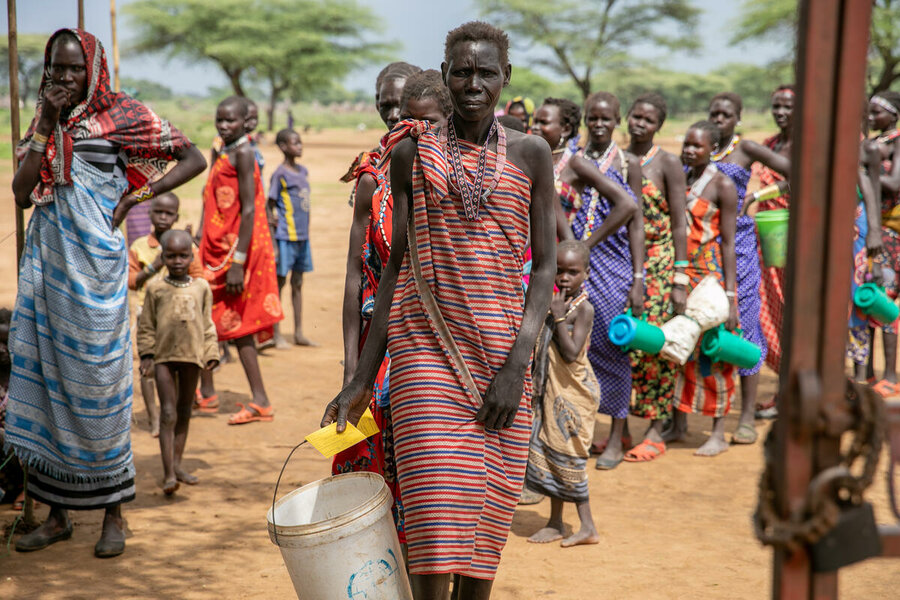The Horn of Africa is facing one of its worst droughts in decades, displacing millions of people. Crop failures and livestock losses have worsened food insecurity, leaving millions in urgent need of aid. Somalia, Ethiopia, and Kenya are among the hardest-hit countries, with humanitarian organizations calling for immediate intervention. The crisis continues to escalate, threatening livelihoods and regional stability.
Impact of the Drought on Livelihoods
The ongoing drought has severely affected agricultural productivity in the region, with an estimated 40% of crops failing across drought-stricken areas. Over 10 million people in Somalia, Ethiopia, and Kenya are facing food shortages due to the lack of rainfall. Additionally, livestock deaths have reached record numbers, with some areas losing up to 60% of their herds. This has significantly impacted the livelihoods of pastoral communities, who rely on livestock for income and sustenance.
Humanitarian Response to the Crisis
International humanitarian organizations are mobilizing to provide aid to the affected populations, with over 5 million people receiving food assistance in the past few months. The United Nations has issued a call for $1.4 billion in emergency funds to address the crisis. In response, aid agencies are distributing water, food, and medical supplies while also providing shelter to displaced families. However, access to some areas remains difficult due to logistical challenges and insecurity.
Long-Term Effects on the Horn of Africa Region
The prolonged drought in the Horn of Africa is expected to have lasting consequences on the economy and environment. Prolonged water shortages could result in reduced agricultural output, further straining food security. The displacement of millions has increased the pressure on local resources and infrastructures. Additionally, climate change is expected to exacerbate future droughts, making the region more vulnerable to recurring crises and complicating recovery efforts.
The ongoing drought in the Horn of Africa has caused severe disruptions, affecting millions of lives and destabilizing the region. While international aid continues to provide temporary relief, long-term solutions are needed to address water scarcity, agricultural decline, and climate change impacts. Immediate action and regional cooperation are essential to prevent further crises. A sustainable future for the region requires continued support and adaptation strategies.


